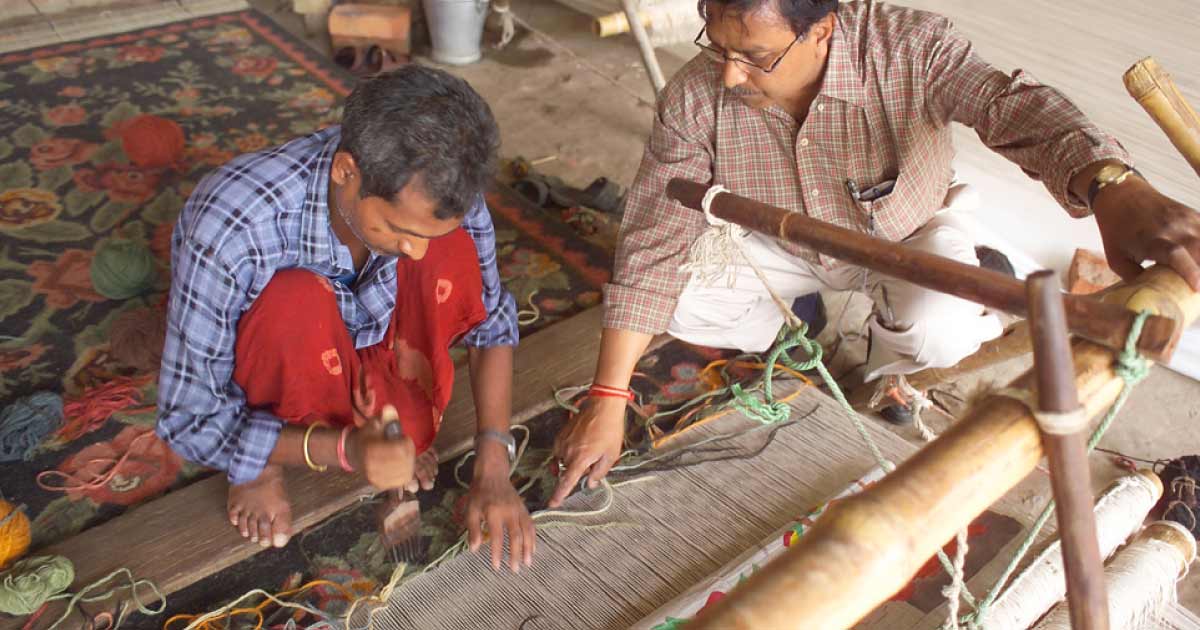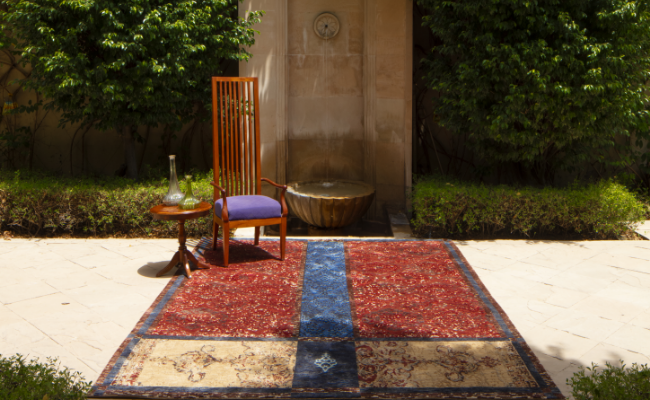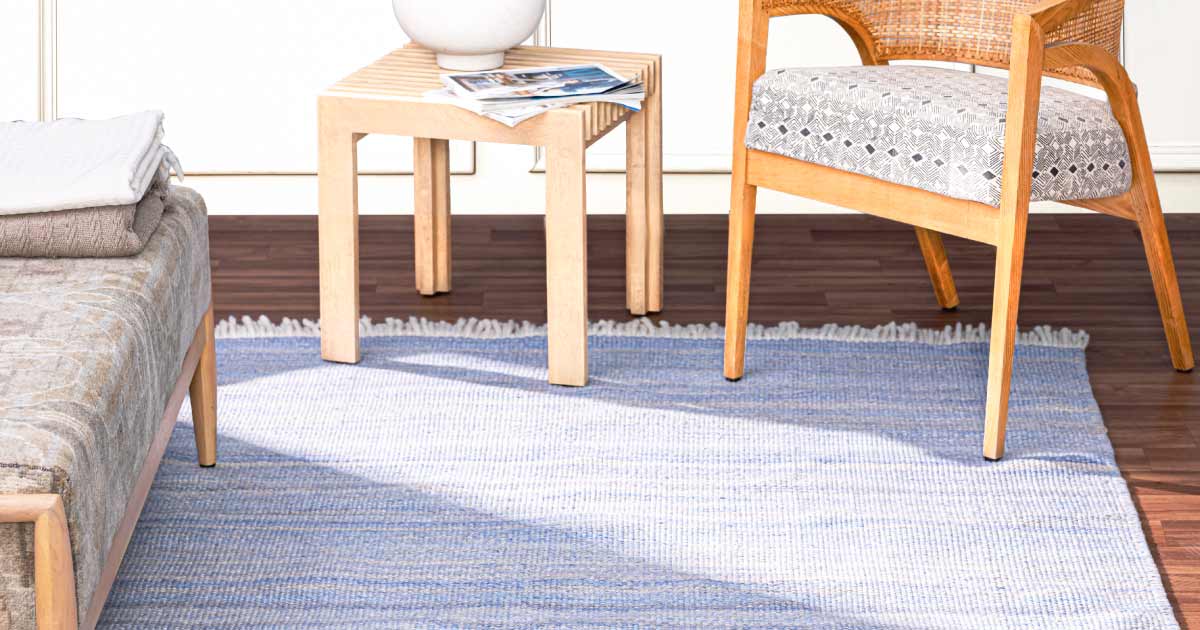
Behind the Scenes: A Day in the Life of a Handmade Carpet Weaver
When you think of a carpet, what do you imagine? Perhaps an ornate, machine-made rug imported from a far-off land. But did you know that many of the world's most beautiful carpets are still made by hand? In this blog post, we'll take a behind-the-scenes look at the life of a handmade carpet weaver, exploring the skill, dedication, and artistry that goes into each and every one of these beautiful works of art.

First, let's start with some context. Handmade carpets are produced in many countries around the world, from Morocco to India to Iran to Turkey. The techniques and styles vary by region and by family, as the craft is often passed down through generations.
Obeetee Carpets is one of the most renowned handmade carpet manufacturers in the world, producing some of the most beautiful and exquisite carpets available today. But have you ever wondered what goes on behind the scenes of the production of these handmade carpets? Let's take a look at a day in the life of a handmade carpet weaver, and discover the secrets behind these stunning works of art.
The creation of a hand knotted carpet
At the crack of dawn, a weaver begins their day by selecting the finest wool and silk fibres to be used in the carpet. The weaver's trained eye can tell the quality of the fibres, and they select only the best to ensure the finished carpet will be of the highest quality. The wool and silk are then carefully washed to remove any dirt or impurities.
Next, the weaver sets up the loom, which is a large frame used to hold the fibres in place as the carpet is woven. The loom is set up according to the design and pattern of the carpet, which the weaver has carefully planned out beforehand. This is a crucial step, as any mistakes made during the setup can lead to errors in the final product.
Once the loom is set up, the weaver begins the knotting process. This is a painstakingly slow process, with each knot taking several seconds to complete. The weaver uses a special tool, called a knotting comb, to carefully align and knot each fibre in place. This requires an incredible amount of skill, precision, and patience.
As the day progresses, the weaver continues to knot the fibres, row by row, until the entire carpet is complete. This can take weeks, or even months, depending on the size and complexity of the design. During this time, the weaver must remain focused and diligent, carefully ensuring that each knot is perfectly aligned and spaced.
Once the carpet is complete, it is carefully washed and dried to remove any excess fibres or impurities. The weaver then trims the edges of the carpet, creating a neat and tidy finish. Finally, the carpet is inspected for quality, and any imperfections are carefully corrected.
This entire process, from selecting the fibres to weaving and finishing the carpet, requires an incredible amount of skill, dedication, and artistry. Each handmade carpet is a unique and individual work of art, crafted by a master weaver who has spent years perfecting their craft.
Preservation of art and culture
The art of hand knotting carpets has been practiced for centuries, and the weavers who continue to practice this craft are not only creating beautiful works of art but also preserving a rich cultural heritage. Through their skill and dedication, these weavers ensure that the techniques and traditions of hand knotting are passed down to future generations. They carefully select and prepare the fibres, set up the loom, and knot each fibre by hand with precision and care. Each step of the process is done with a deep appreciation for the art and a desire to preserve its unique beauty and craftsmanship. Through their skill and commitment, they ensure that this ancient art form continues to thrive, and that future generations are able to appreciate the unique beauty and craftsmanship of hand-knotted carpets.









